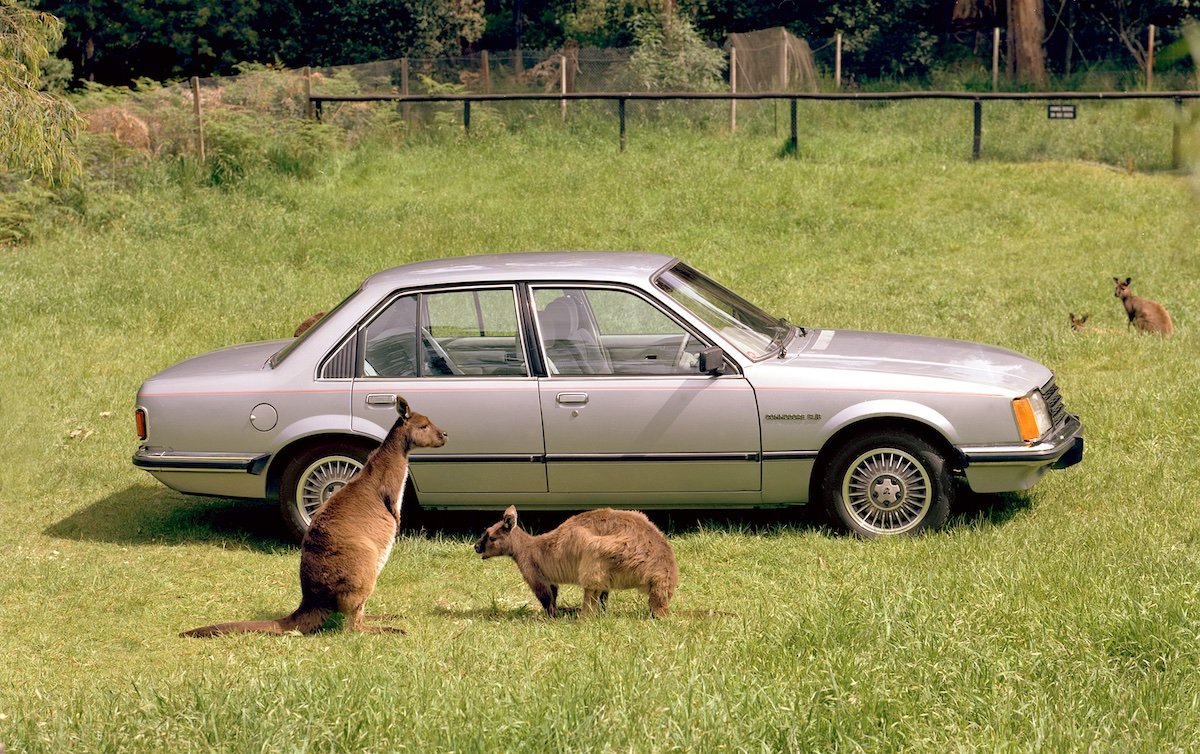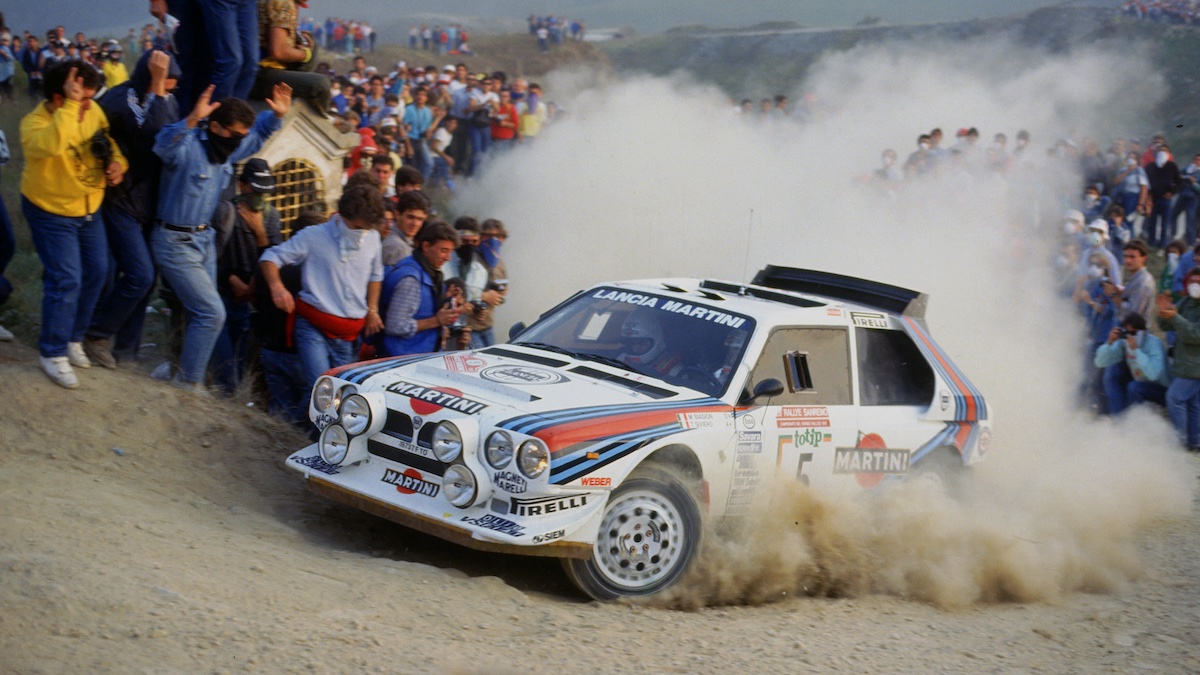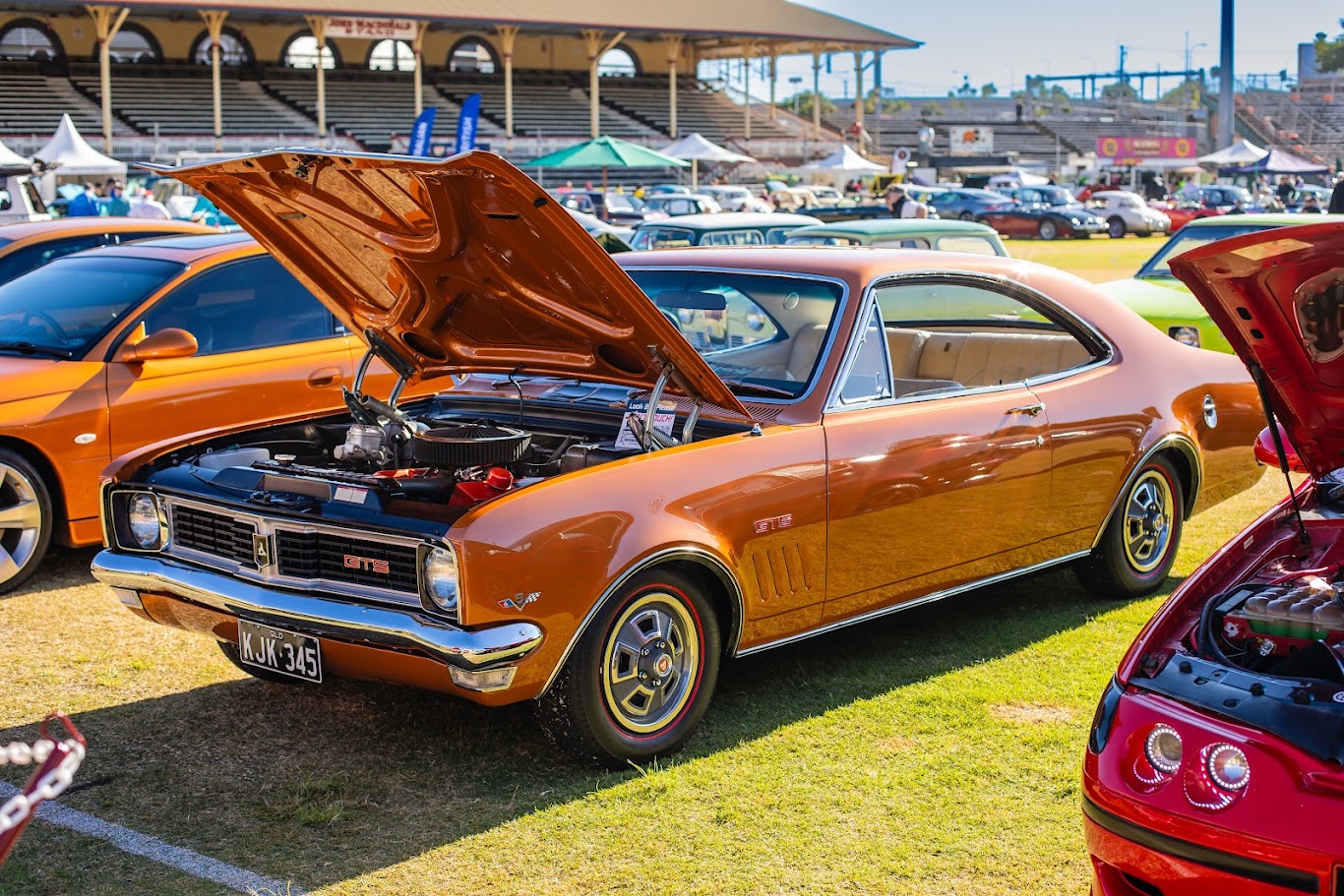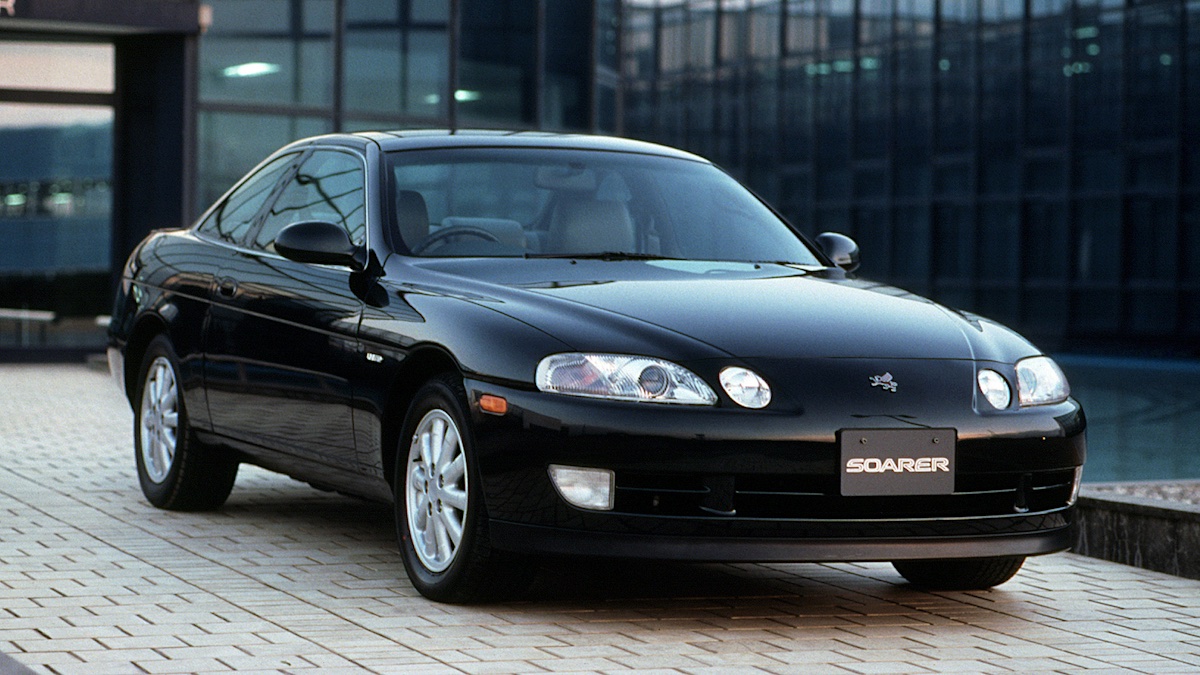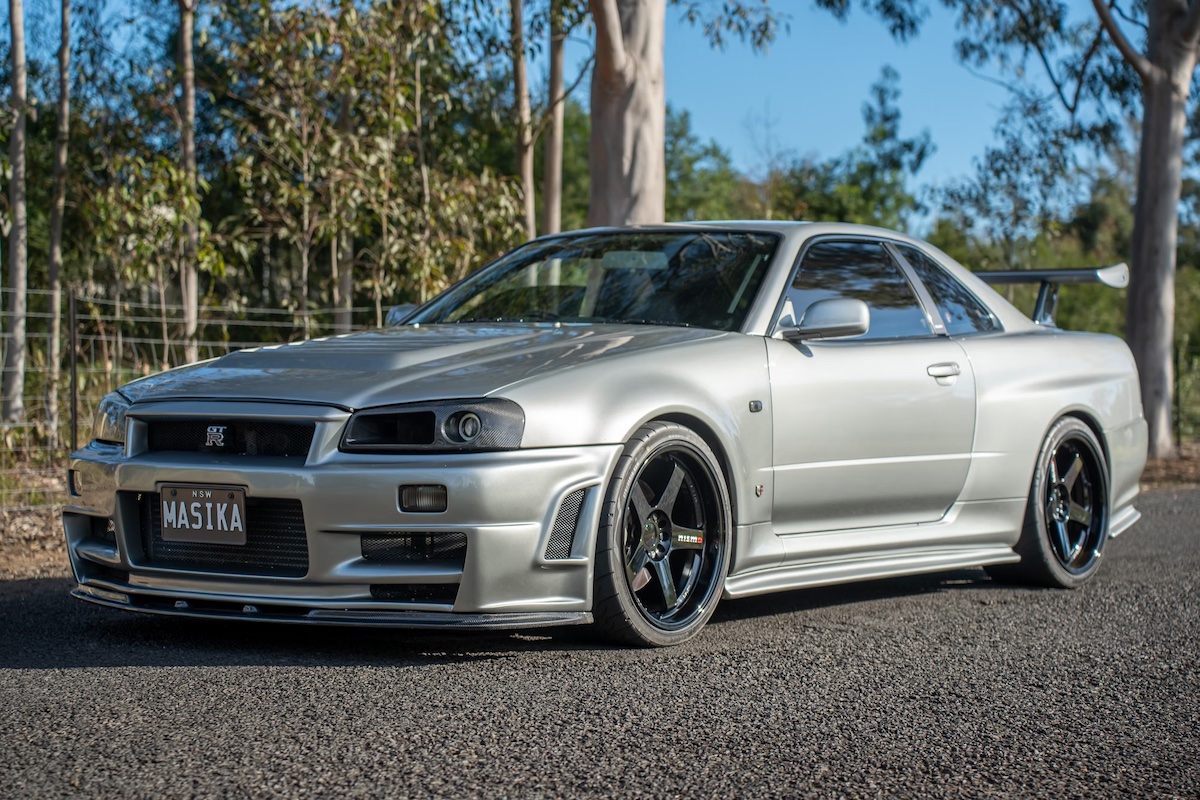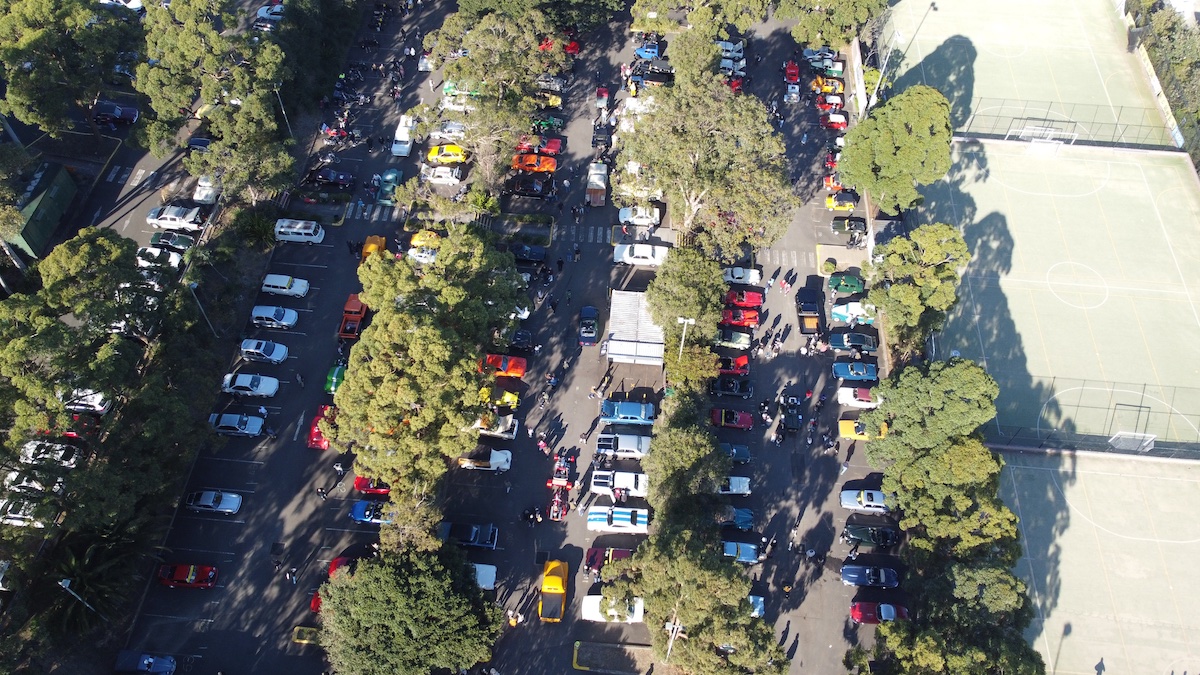Extensive Australian development work equipped the European-derived VB Commodore for Australia’s harsh driving conditions
Some traditional Holden owners were horrified in late 1978 when an all-new shorter and narrower sedan arrived from Europe. Others welcomed the sophisticated new appearance and greatly improved features and dynamics.
The Commodore was part of General Motors’ 1970s World Car strategy that included Gemini and later Camira, but extensive work was needed to equip Holden’s new sedan for Australia’s rough roads and high temperatures.
Holden was particularly concerned about engineering this new, European-inspired model to accept the weight and power of Aussie V8s.
Up front was strut suspension that needed significant strengthening for local conditions. At the rear, the live axle was located by a Panhard rod and clever voided lower control arm rubber bushes for a good ride/handling compromise.
The VB Holden Commodore SL/E also had four-wheel disc brakes and cast-alloy 15-inch wheels clad with low-profile 60-Series tyres, all of which was premium kit for the era.

The optional 5.0-litre V8 could help the Commodore reach 100km/h in 8.9 seconds when equipped with a four-speed manual ‘box
The SL/E was initially available only as a four-door sedan and came standard with Holden’s Australian 4.2-litre V8 engine and Trimatic three-speed automatic transmission.
The features list included luxuries like air-conditioning, sumptuous velour trim, plush cut-pile carpet, tinted glass, an AM/FM stereo with power antenna, height-adjustable driver’s seat and remote boot release.
A four-speed manual transmission was available only with the optional 5.0-litre V8 and in this configuration the SL/E could reach 100km/h in 8.9 seconds, exiting the standing 400 metres in 16.4 seconds.
Fuel consumption was competitive thanks to the new model boasting a smaller, lighter and more aerodynamic body, enabling a well-tuned and carefully driven VB SL/E 5.0-litre V8 to return average consumption 12.1L/100km.
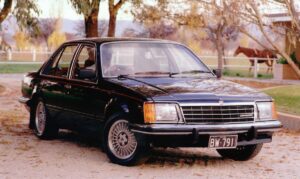
VB Holden Commodore SL/Es featured four-wheel disc brakes and cast-alloy wheels wearing low-profile tyres
The VC series – promoted by Holden as ‘Commodore II’ – appeared in March 1980 with significant mechanical changes. Holden’s six-cylinder engine became more powerful and efficient with a new cylinder head, a dual-throat carburettor, electronic ignition and free-breathing exhaust.
These improvements prompted Holden to specify the VC Commodore SL/E with the 3.3-litre six as standard. Flamboyant types with an extra $1250 burning a hole in their wallet could specify ‘Shadowtone’ two-tone paint.
The V8 was a rare option in this ‘fuel crisis’ era, with the SL/E-based, motorsport-inspired HDT Commodore (from late 1980) satisfying demand for a premium V8 sedan. A limited-edition VC SL/E wagon made an appearance, too, for Victoria only: less than 30 were built.
Holden produced its last SL/E Commodore during the VH series with the top-spec model renamed Calais with the launch of the 1984 VK series.
Rust and neglect claimed a lot of Commodores but more owners are prepared to invest in their survival now that they’ve become relatively valuable. Thankfully, longevity of the original drivelines and reproduction of parts and patch-panels make restoration viable.
VB-VH Commodores with V8 engine and automatic transmission in close to showroom condition are difficult to find and today worth more than $50,000. The four-speed manual-transmission equipped 5.0-litre SL/Es are even rarer and carry a price premium over the automatic.
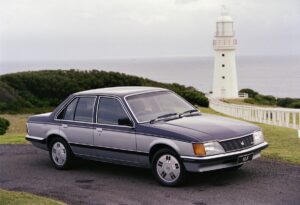
The VH series saw the retirement of the SL/E badge, and was also Holden’s last ‘chrome bumper’ Commodore
Things To Watch Out for When Buying a Used Holden VB-VH Commodore SL/E (1978-83)
- Body rust around windscreen apertures, wiper plenum and boot channel
- Oil leaks from sumps and rear main oil seals
- Worn seat coverings and door trims
- Power windows that move slowly or not at all
- Power steering leaks and noises
- Failed air-conditioning units
Valuation Timeline: Holden VB-VH Commodore SL/E (1978-83)
- 1995: $8000
- 2005: $7000
- 2010: $11,500
- 2014: $13,500
- 2019: $32,500
- 2024: $54,000 (VB SL/E 5.0-litre V8)
Investment Rating
- 6 / 10

